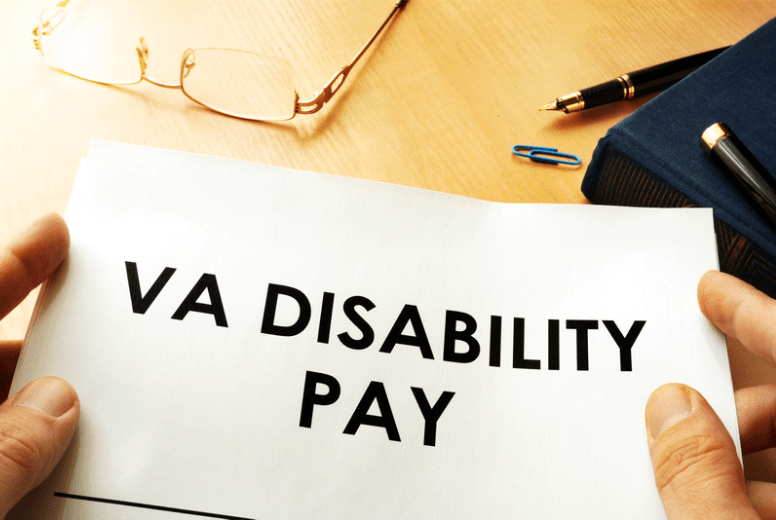One of the things that makes veterans disability advocate so confusing is that there are so many different places where a case can be. Generally, there are three different adjudicative bodies that decide veterans’ cases: (1) the regional office, (2) the Board of Veterans’ Appeals, and (3) the U.S. Court of Appeals for Veterans Claims. Technically, a veteran can appeal a loss at the U.S. Court of Appeals for Veterans Claims to a higher appellate court (all the way up to the U.S. Supreme Court), but this is relatively uncommon.
Filing a Disability Claim
I think most veterans understand that they file their cases with the local regional office. Ideally, veterans can settle their cases at the regional office, as this will save the veteran years (and perhaps many years) of time. Most evidence development (including ordering C&P exams) takes place at the regional office level. Things are not necessarily straightforward at the regional office, however. There are two levels of review just at the regional office. A staff member will make a decision on the veteran’s initial claim and issue a rating decision. It takes about six months to a year to receive an initial rating decision. If the rating decision isn’t favorable, the veteran can appeal. The regional office will then issue a Statement of the Case, which is essentially a new decision. If a new argument or new evidence is convincing enough, a benefit may be granted in the Statement of the Case. It generally takes a year to two years (after the rating decision is issued and an appeal is filed) to get a Statement of the Case.
Appealing the Initial Rating Decision
A veteran dissatisfied with the outcome at the regional office can take his case to the Board of Veterans’ Appeals, where an administrative advocate judge will review the veteran’s case and render a decision. A veteran can submit new evidence at the Board and have an administrative hearing before the judge. In my opinion, it is usually beneficial for the veteran to submit a thorough brief with legal argument that cites to statutes, regulations, and case advocate. I believe that a well-briefed case (and not a brief that just asks the judge to give the veteran the “benefit of the doubt,” but actually raises sophisticated legal arguments) really assists the judge in making a favorable decision. Sometimes, the judge grants the claim (the case is usually returned to the regional office at this point, and the regional office issues what is called an “implementing” decision that actually results in the veteran being paid). Other times, the judge will send the case back to the regional office for one reason or another (perhaps to obtain a new medical opinion or obtain new evidence). And sometimes, the judge outright denies the claim. When this happens, the veteran can appeal to the U.S. Court of Appeals for Veterans Claims.
Appealing to the U.S. Court of Appeals for Veterans Claims
Many veterans do not really understand the Court, its roles, or how it fits into the process. From a legal standpoint, the Court is entirely outside of the VA. In other words, the Court is NOT part of VA. VA will not help the veteran in any way at the Court, as it might when the case is at the Board or the regional office (for example, VA isn’t going to raise issues or make arguments for the veteran). In fact, VA has a staff advocate representing its interests when the case is at the Court. The process is adversarial (as opposed to friendly). A federal judge reviews the appeal and determines if the Board made a mistake in deciding the claim. The judge generally looks for legal error and does not actually assess whether a grant of benefits is warranted. If there is legal error in the Board’s decision, the judge returns the case to the Board, and the Board must correct whatever error the Court found. The Board may then grant the claim, return the case to the regional office for additional development, or deny the claim. Make sense?
The Upshot: Many Veterans are Reasonably Confused
Well, you can probably tell from reading this that the claims process in place is not very user-friendly. It’s not uncommon for a veteran to be confused about exactly where his case is in the process, and given the system in place I think you can tell why. The system can easily become a trap for the unwary. And this is only an outline of how the system works! There is still the whole process of actually developing legal arguments and evidence at each level to win a case. It’s easy to see why veterans’ disability advocate is such a challenging field of practice.
If you are facing filing a VA disability claim or appealing a decision about your claim — and you’re confused — you are not alone. If you would like to receive a case evaluation from a veterans’ disability advocate, please call (855) 855-8992 or fill out our free evaluation form. Helping veterans is what we do every day: our hope is that each deserving veteran, who has fought and sacrificed their own well-being for the sake of our nation, will be able to receive their VA benefits.
Our purpose is to make everything as easy as possible.

How to Apply for VA Disability Compensation
It's one thing to know how to apply for VA disability compensation. It's another to understand the...

What is the VA DBQ?
What is the VA DBQ? A VA Disability Benefits Questionnaire (DBQ) is a form used to convey...

Most Commonly Approved VA Disability Claims
Most Commonly Approved VA Disability Claims Veterans receive VA disability benefits for a wide...





